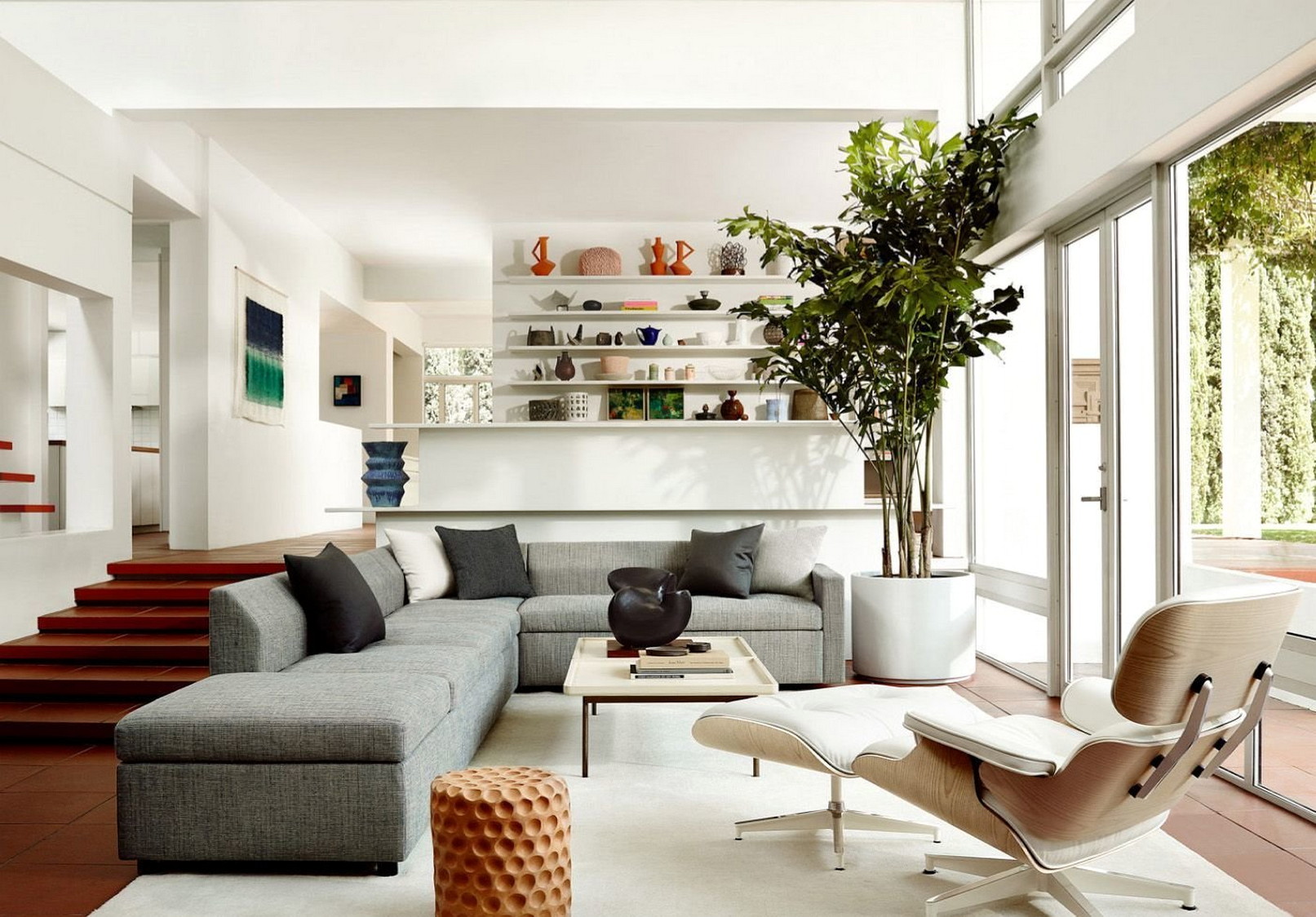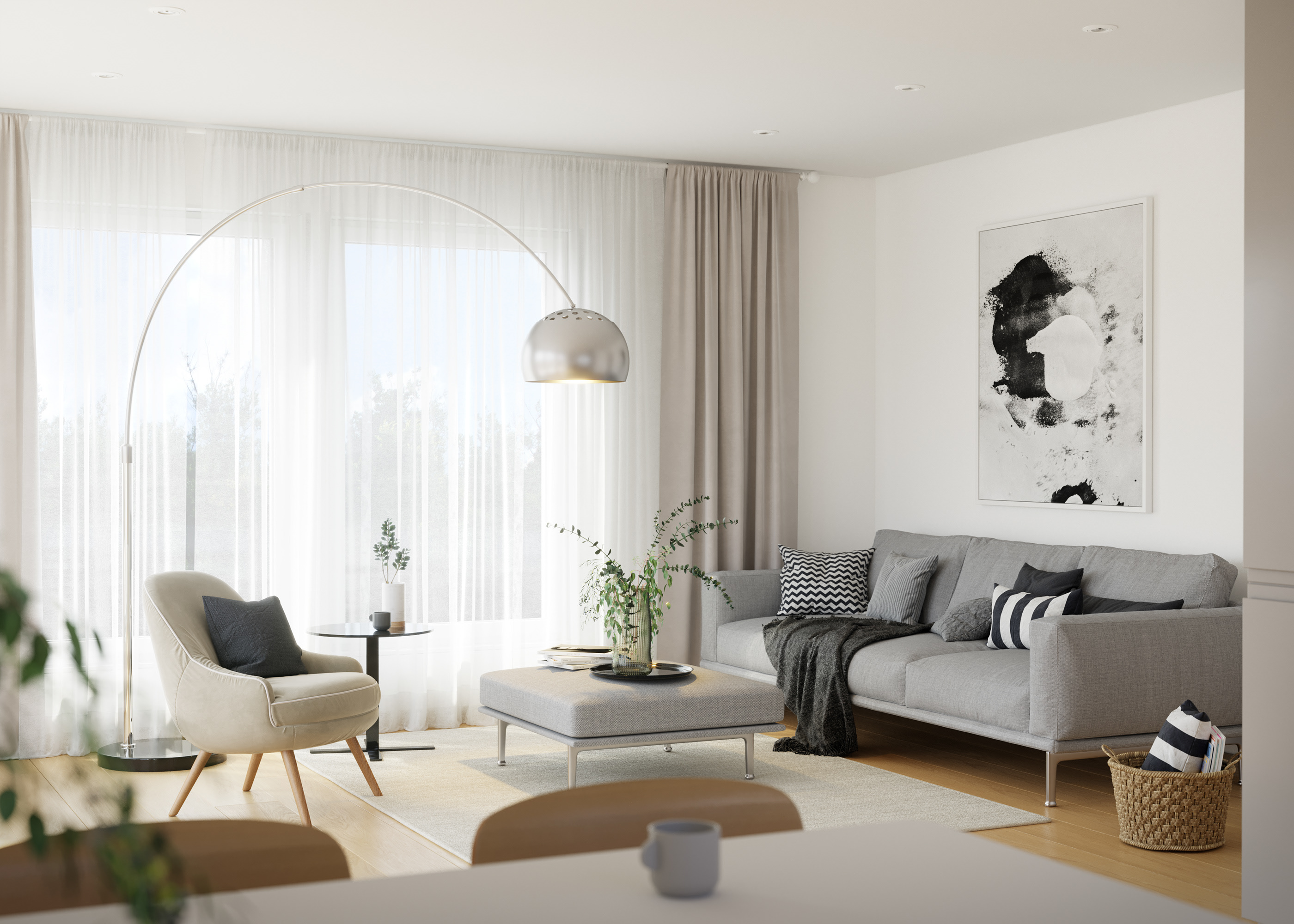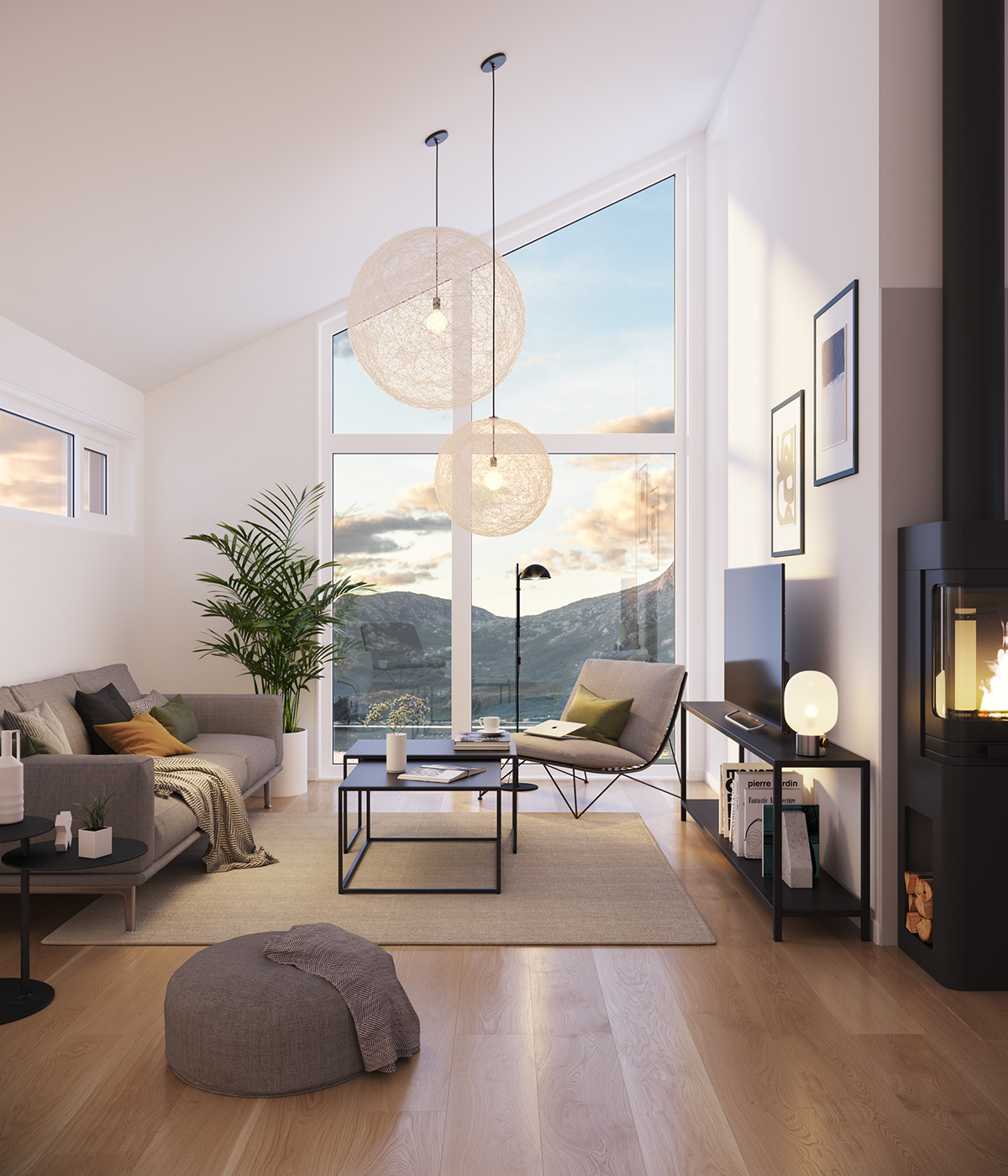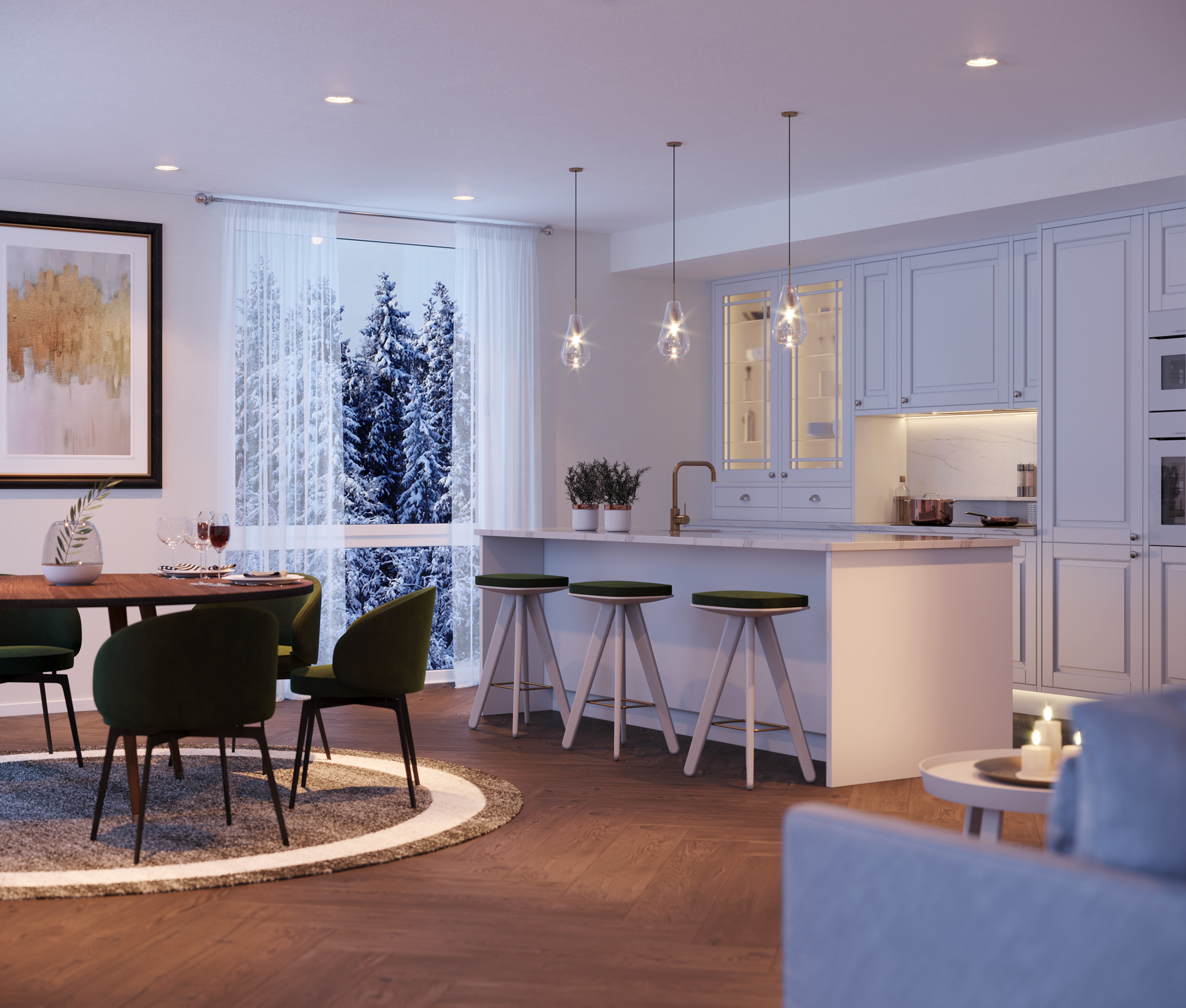
Eco Friendly Ethos: Sustainability In Scandinavian Interiors
Scandinavian design is renowned for its minimalist aesthetic, functional approach, and focus on natural materials. In recent years, there has been a growing emphasis on sustainability within Scandinavian interiors. This article explores the eco-friendly ethos of Scandinavian design and how it is incorporated into interior spaces.
The Scandinavian Design Philosophy

Scandinavian design originated in the early 20th century and is characterized by simplicity, functionality, and a connection to nature. It prioritizes clean lines, minimal ornamentation, and a harmonious balance between form and function.
Scandinavian designers often draw inspiration from the natural landscapes of their region, incorporating elements such as wood, stone, and natural light into their designs. This connection to nature has laid the foundation for the eco-friendly ethos that is prevalent in Scandinavian interiors today.
Natural Materials and Sustainable Sourcing

One of the key aspects of sustainability in Scandinavian interiors is the use of natural materials. Wood, in particular, is a popular choice due to its durability, warmth, and versatility. Scandinavian designers prioritize the use of responsibly sourced timber, ensuring that it comes from sustainably managed forests.
In addition to wood, other natural materials commonly found in Scandinavian interiors include stone, wool, linen, and leather. These materials are chosen for their durability and biodegradability, ensuring that they have a minimal impact on the environment throughout their lifecycle.
Energy Efficiency and Natural Light

Scandinavian countries are known for their long, dark winters, which have influenced the design approach to maximize natural light. Large windows, skylights, and light-colored interiors are common features in Scandinavian interiors, allowing for an abundance of natural light to fill the space.
This emphasis on natural light not only creates a bright and airy atmosphere but also reduces the need for artificial lighting, thereby minimizing energy consumption. LED lighting is also widely used in Scandinavian interiors due to its energy efficiency and long lifespan.
Functional Design and Minimalism

Another aspect of sustainability in Scandinavian interiors is the focus on functional design and minimalism. By prioritizing functionality, designers aim to create spaces that are efficient and serve their intended purpose. This approach reduces the need for excess furniture and accessories, leading to a more minimalist aesthetic.
Minimalism not only creates a visually clean and uncluttered space but also encourages conscious consumption. By embracing a less-is-more mentality, Scandinavian interiors promote the idea of quality over quantity, discouraging unnecessary purchases and reducing waste.
Green Building Practices

Scandinavian countries have been at the forefront of green building practices, with a strong focus on energy efficiency and environmental impact. Many Scandinavian interiors incorporate sustainable building materials, such as recycled or reclaimed wood, eco-friendly insulation, and non-toxic paints and finishes.
Furthermore, Scandinavian design often incorporates passive design principles to maximize energy efficiency. This includes features such as proper insulation, efficient heating systems, and smart home technology that optimizes energy usage.
Sustainable Furniture and Accessories

The commitment to sustainability in Scandinavian interiors extends to the choice of furniture and accessories. Many Scandinavian furniture manufacturers prioritize eco-friendly production practices and materials. They often use recycled or FSC-certified wood, water-based adhesives, and low VOC finishes.
In addition, Scandinavian designers are known for their timeless and durable designs, which contribute to reduced waste and a longer product lifespan. This approach encourages consumers to invest in quality pieces that will stand the test of time, rather than constantly replacing their furniture.
The Benefits of Sustainable Scandinavian Interiors

Sustainable Scandinavian interiors offer numerous benefits, both for individuals and the environment. Some of these benefits include:
- Reduced environmental impact: By using natural materials, minimizing energy consumption, and adopting green building practices, Scandinavian interiors help reduce the carbon footprint and promote a more sustainable way of living.
- Improved indoor air quality: By choosing non-toxic materials and finishes, Scandinavian interiors contribute to a healthier indoor environment, free from harmful chemicals.
- Timeless and versatile design: The minimalist aesthetic and emphasis on quality ensure that Scandinavian interiors remain relevant and stylish for years to come, reducing the need for frequent redecoration.
- Enhanced well-being: The use of natural materials, ample natural light, and clutter-free spaces contribute to a sense of calm and well-being, promoting a healthier and happier lifestyle.
Conclusion
Scandinavian design has long been admired for its timeless beauty and functional approach. In recent years, the eco-friendly ethos of sustainability has become an integral part of Scandinavian interiors. By prioritizing natural materials, energy efficiency, functional design, and green building practices, Scandinavian designers create spaces that are not only visually pleasing but also environmentally responsible. The benefits of sustainable Scandinavian interiors extend beyond aesthetics, contributing to a healthier and more sustainable way of living for individuals and the planet as a whole.